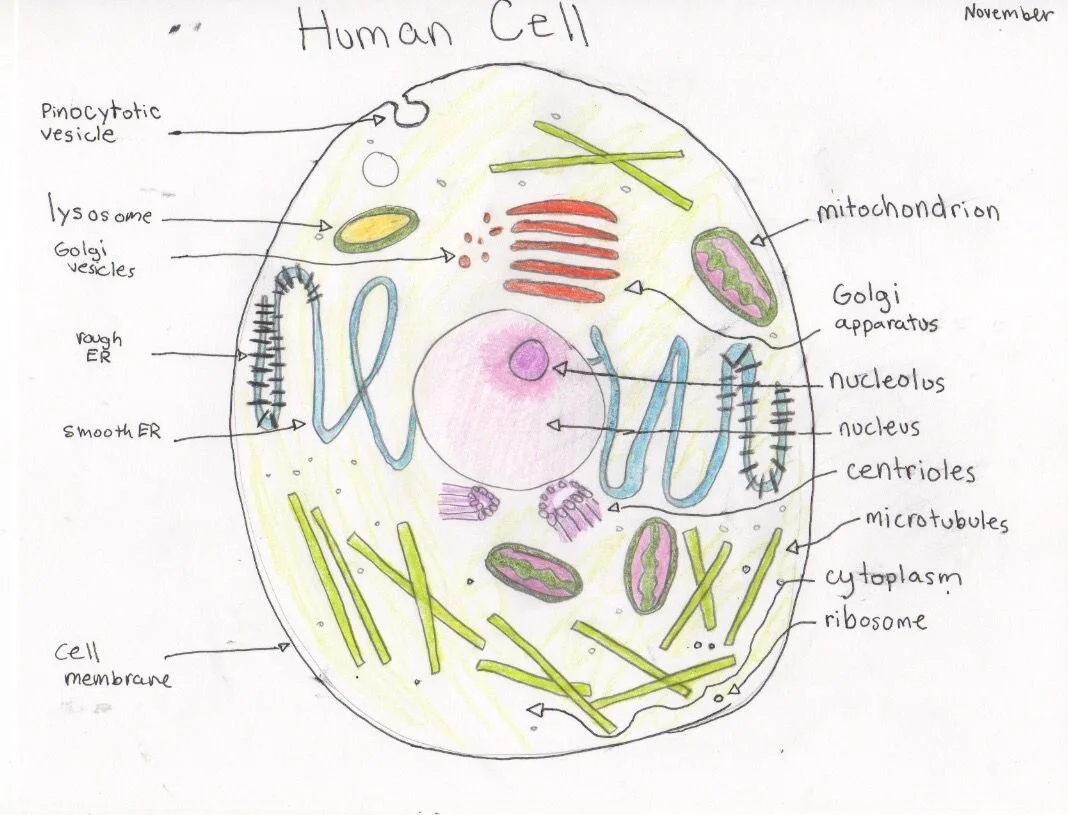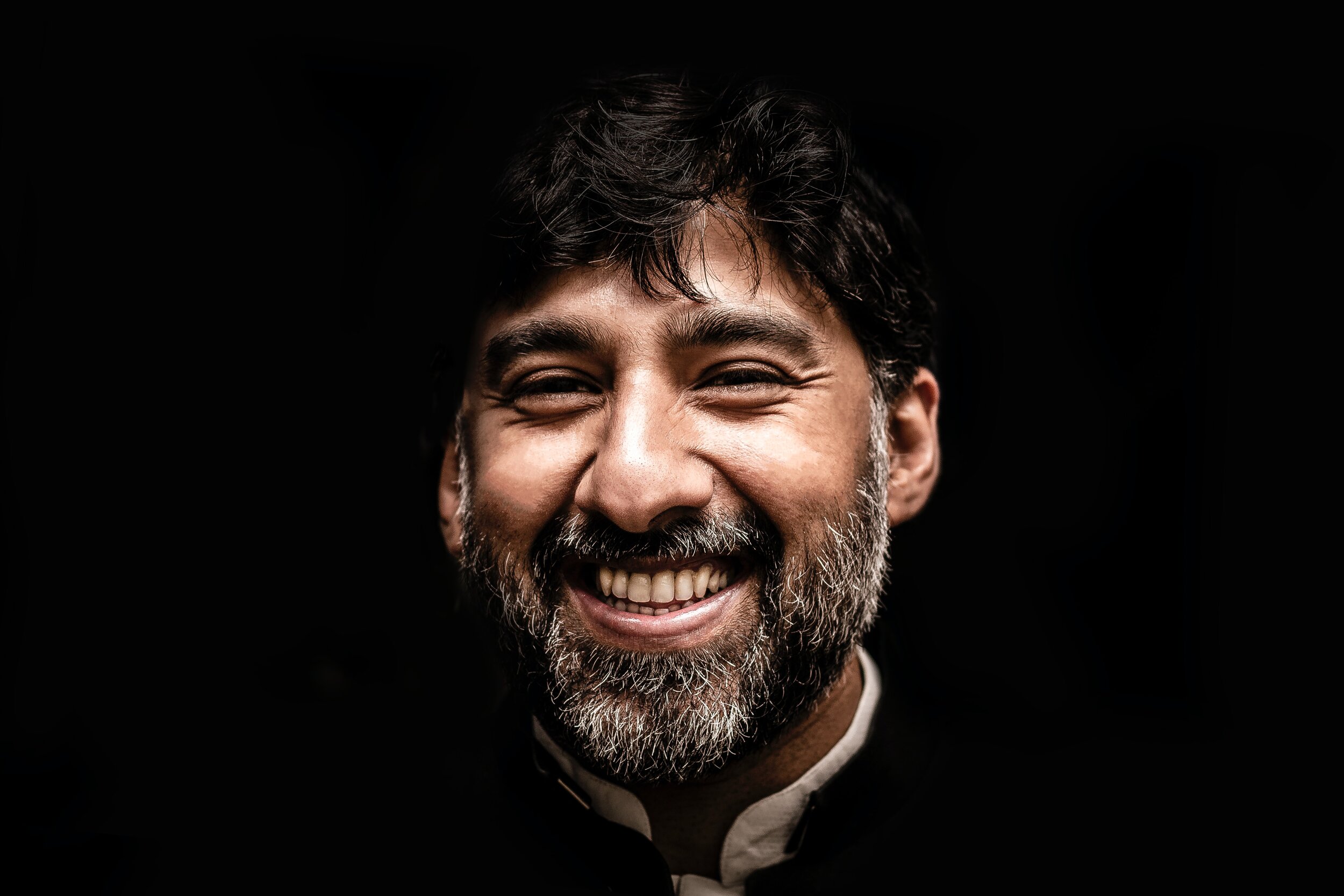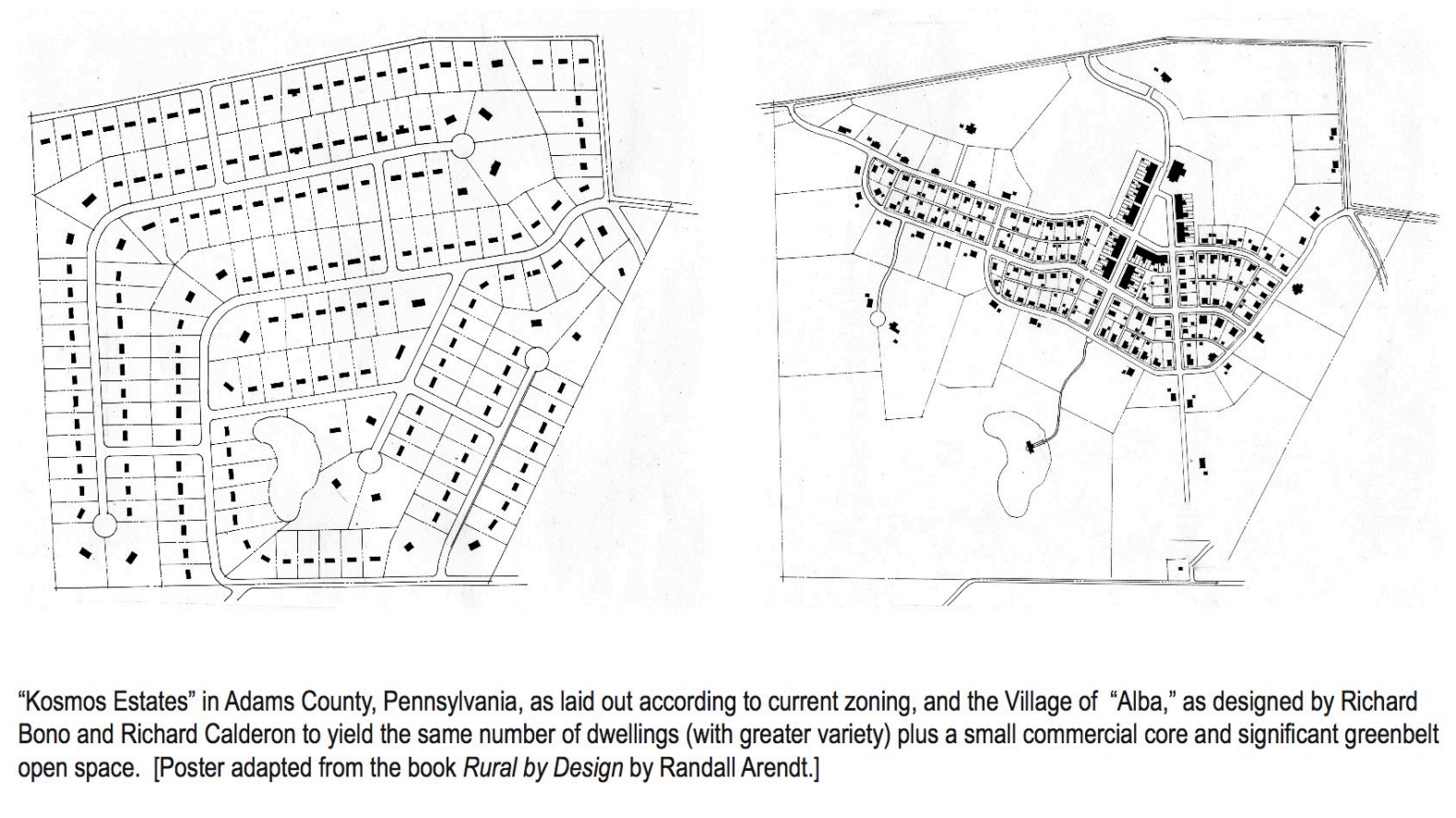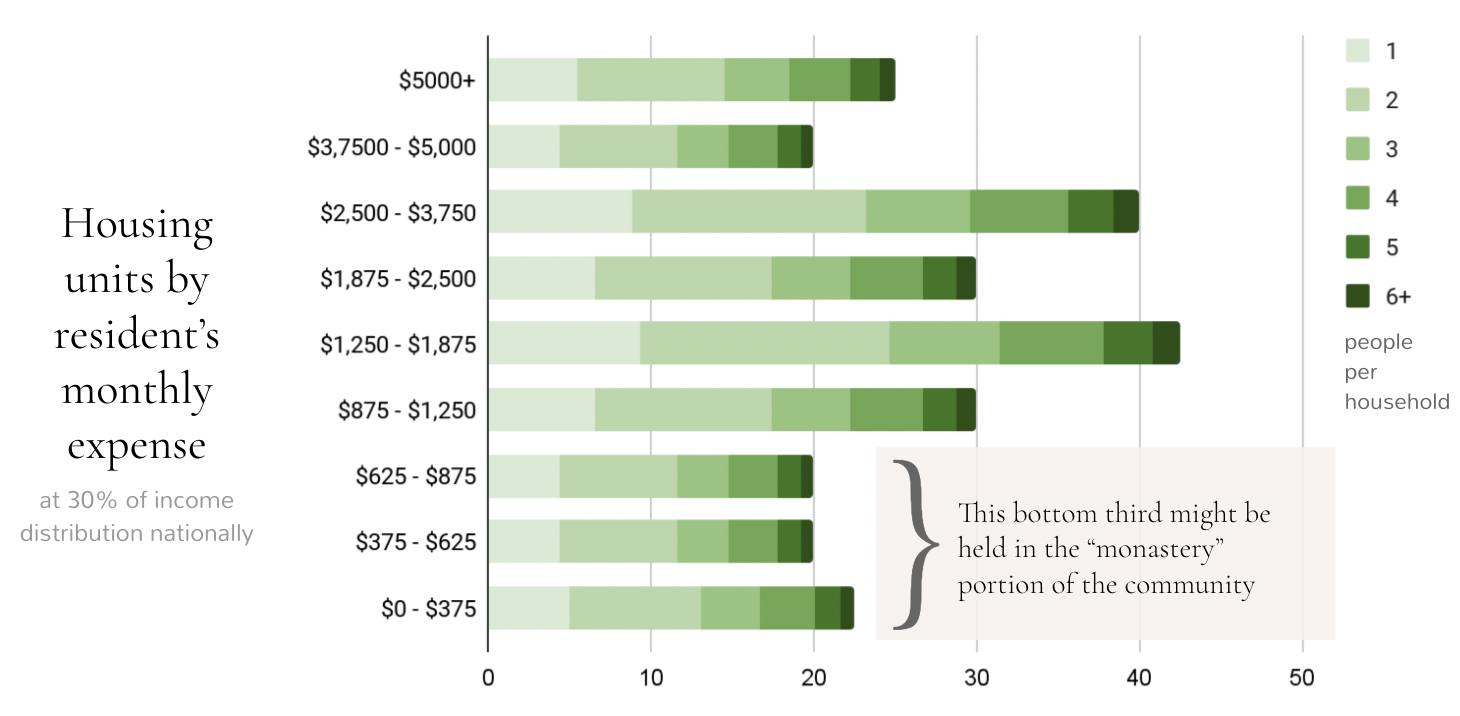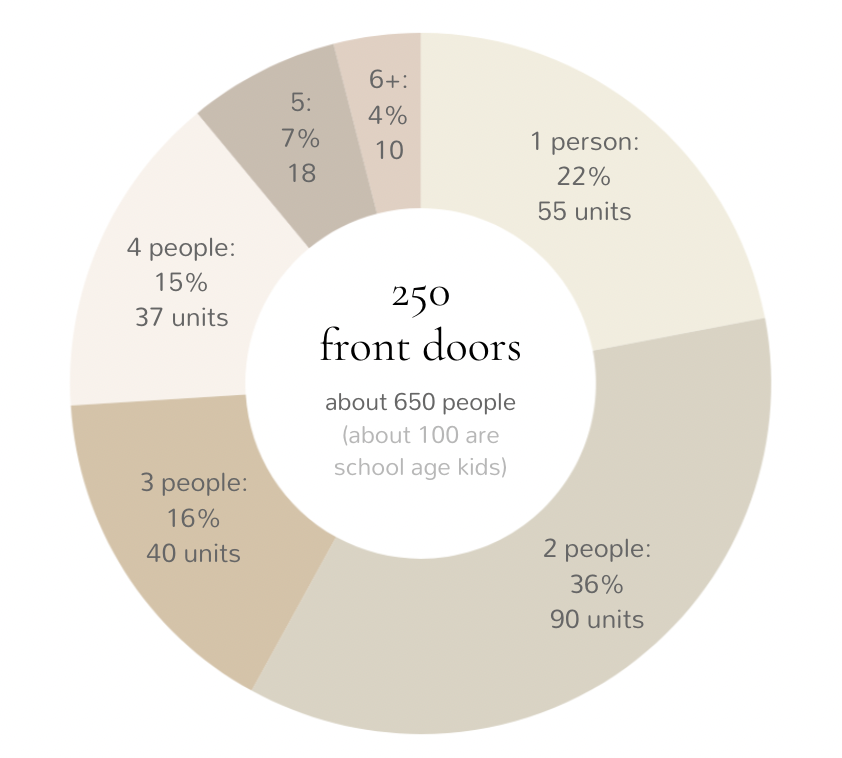What is a Flourishing Community?
ONE: It’s alive.
Flourishing Communities are diverse living beings.
Asking what a Flourishing Community looks like is more like asking what a human, a dog, or a tree looks like than asking what an iPhone 12 looks like.
On the one hand, each Flourishing Community will look unique. At the same time, there are some distinguishing characteristics that are pretty consistent in all of them.
TWO: It’s unique.
Each Flourishing Community will look and be one of a kind.
Copy-paste, mass production works well for non-living machines—not so great for making living organisms.
There are as many ways of meeting the criteria of a Flourishing Community as there are people, places, and times in the world.
A tree could be a dwarf lilac, an oak, a sequoia, or even a hybrid. And even then, each lilac, oak, sequoia, or hybrid will take on a shape unique to that individual based on soil conditions, the weather, the shade and roots of other trees around it while it’s growing… You get the idea, right?
THREE: It’s self-determining & adaptive.
Each community must have its own agency, and the ability to flexibly adjust itself to changing circumstances; to meet its needs and collective goals in individualized ways that are appropriate for that time and place.
FOUR: It cultivates flourishing.
A Flourishing Community is strategically designed to cultivate wholeness and connection with itself, others, and the natural world. One helpful way to do this is to look at The Flourishing Self-Assessment and kind of reverse-engineer a place to help create those outcomes for the people living there.
FIVE: It’s full of nature.
This one could be part of the point above but it’s worth pointing out on its own. Researchers in Japan, China, and South Korea have established the restorative benefits spending time in a forest has on a person’s physical and emotional health. They call it forest bathing. They’ve found evergreen forests, particularly, boost the immune system. In the west, researchers have found Healing Gardens in hospitals significantly speed patients’ recovery times (and help hospital workers, too). They’ve even concluded that the most effective Healing Gardens have a 7:3 ratio of green to hardscapes. If we know this, why not scale that up to make a Healing Town? More plants in cities also increase property values, happiness, air and water quality, decrease sound pollution, and create more comfortable temperatures.
SIX: It’s whole.
Flourishing, healing, and peace pretty much all mean wholeness in every language. (And trauma is fracturing and separation.) So a Flourishing Community must be designed to operate as a functioning whole.
This doesn’t mean it must be 100% self-sufficient. Living things never are. They are always dependent on exchange with others and the environment around them.
So what makes something whole?
Think about what makes a human whole and healthy. Now zoom in and think about what makes a cell in a human whole and healthy. (Wholes are nested within each other.)
If we think about what is necessary for a human and for a human cell to be whole and healthy, we can get a better idea of what characteristics would describe a whole when we zoom out to a healthy community of humans.
Let’s break it down more…
Ok, what do flourishing cells, humans, and communities have in common? And how can it translate it to principles we can apply when we design new communities?
Some Principles of Flourishing Communities:
There are a lot of insights to be discovered by looking at these connections, but here are some biggies…
1: There’s a (permeable) boundary.
Cell walls, our skin… It can be easy to miss when we think about communities today because we’ve become so accustomed to sprawl and “growth” mindset, but any healthy whole has a distinct point where it ends and another begins.
And a healthy cell wall or skin, we’ll remember from science class, is permeable—able to breathe, exchange energy with those around it. It doesn’t mean we need a 30-foot wall and a moat around a community. It’s more of a Goldilocks situation. Too much boundaries and, well…imagine if you couldn’t breathe, eat, or go to the bathroom. You wouldn’t be living long. Even socially, think about how solitary confinement is one of the worst things we do to punish humans.
If there were not enough of a boundary, as a human, you might ooze all over the sofa. Gross. A human cell that doesn’t respect the boundaries and needs of others is called cancer. So let’s have good, permeable boundaries and respect others’ boundaries, too (including non-humans).
2: There’s a nucleus.
Below, on the left, you can see a neighborhood laid out according to typical current zoning protocols. On the right, you can see the same amount of land with the same amount of dwellings, plus a small commercial core and a significant greenbelt open space.
The advantages to designing communities with a nucleus include:
better walkability
more open spaces for agriculture, wildlife, beautiful views and walks
less (i.e. cheaper) utilities and infrastructure
a stronger sense of community
3. It’s right-sized (human-scale).
In our bodies, everything is sized appropriately to work well in that body. The little organelles in a cell are the right size for that individual cell. And vice versa, the cell is the right size for the organelles, and the body is the right size for the lungs, for example.
In a community, that means we design the place to set the humans up for optimal flourishing.
For example, a place built to human-scale is designed so a person could easily walk to all their regular, daily needs in about five minutes without getting in a car.
Léon Krier
People debate about whether communities should be designed for a 5, 10, or 15-minute pedestrian shed, but today, since people are so used to the ease of driving, a 5-minute pedestrian shed seems realistic, we think.
Another lovely example of building to human scale: Build no more than four stories high—because that’s generally the maximum height at which a person on the street could recognize and call up to a person on the top balcony…person to person, fostering human connection.
Guidelines like these cultivate physical and psychological health in human residents.
4: It’s whole & diverse.
We’re looking at you here, conventional zoning. Most of our current zoning actually demands we create fractured, siloed, single-use cities that require us to drive everywhere. The alternative—mixed-use zoning and poly-centric—cities allow us to create smaller, whole communities.
Again Léon Krier’s simple drawings are helpful…
When we put all the industries in one place, all the residential in another place, all the parks in another place, we end up with fractured places rather than living communities.
And just like we usually segregate our places by use/function, we all know we also segregate them by race and class.
A whole community has a healthy mix of the whole pie…
This means that, for example, in a small community with 250 dwellings, there would be an appropriate amount, size, and cost of housing to house a congruent ratio of the whole national pie…
5: It’s organic/non-toxic.
Lastly (for now), Flourishing Communities take care to design buildings & systems that promote health. Something we take for granted in our bodies is that all the materials and systems in our bodies are good for our bodies.
This means:
We use minimally processed, natural, local materials as much as possible. Kind of like eating whole, minimally processed foods is better for our bodies, natural, minimally processed materials are better for us to live in. Did you know that 40% of our landfills are made up of construction material? The earth can’t process our current building materials, kinda like our bodies can’t easily process Doritos, high fructose corn syrup, and other ultra-processed/chemically-processed foods. Using natural, minimally processed building materials also uses fewer resources in processing and transporting materials, gives authentic local character, and makes us happier and less stressed!
We take care to create non-toxic buildings, water, air, and soil. A lot of our conventional buildings today pollute our air, water, and bodies, and those of the other life around us. Flourishing Communities will use different systems to shelter us, clean our air, water, and soil, and create energy that isn’t polluting ourselves or others.
Wrapping up
This is a lot to take in…and there is so so much more. But hopefully, this article gives you a taste for and the direction for how we might heal and whole our communities.
To summarize, a Flourishing Community is:
alive
unique
self-determining/adaptive
designed to cultivate flourishing
full of nature
and whole
A Flourishing Community is whole like a human cell and a whole human with:
a permeable boundary
a nucleus
human-scale
wholeness and diversity
organic/non-toxic materials and systems
it’s mostly green.


